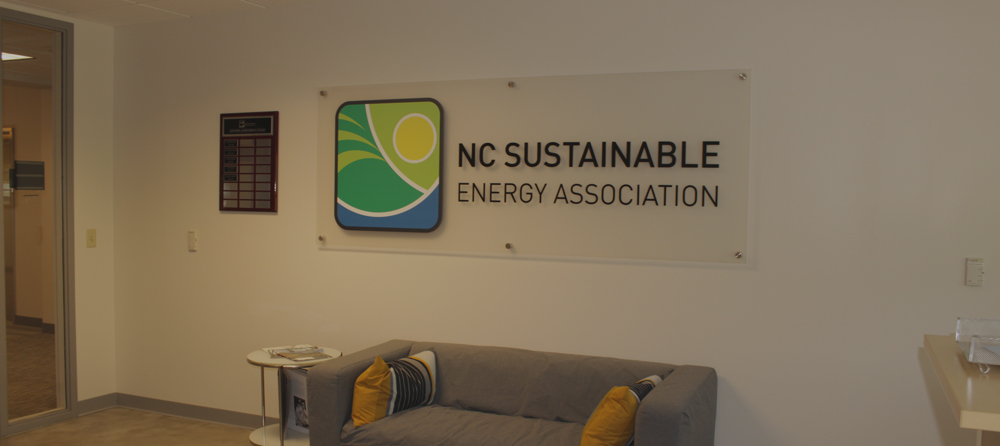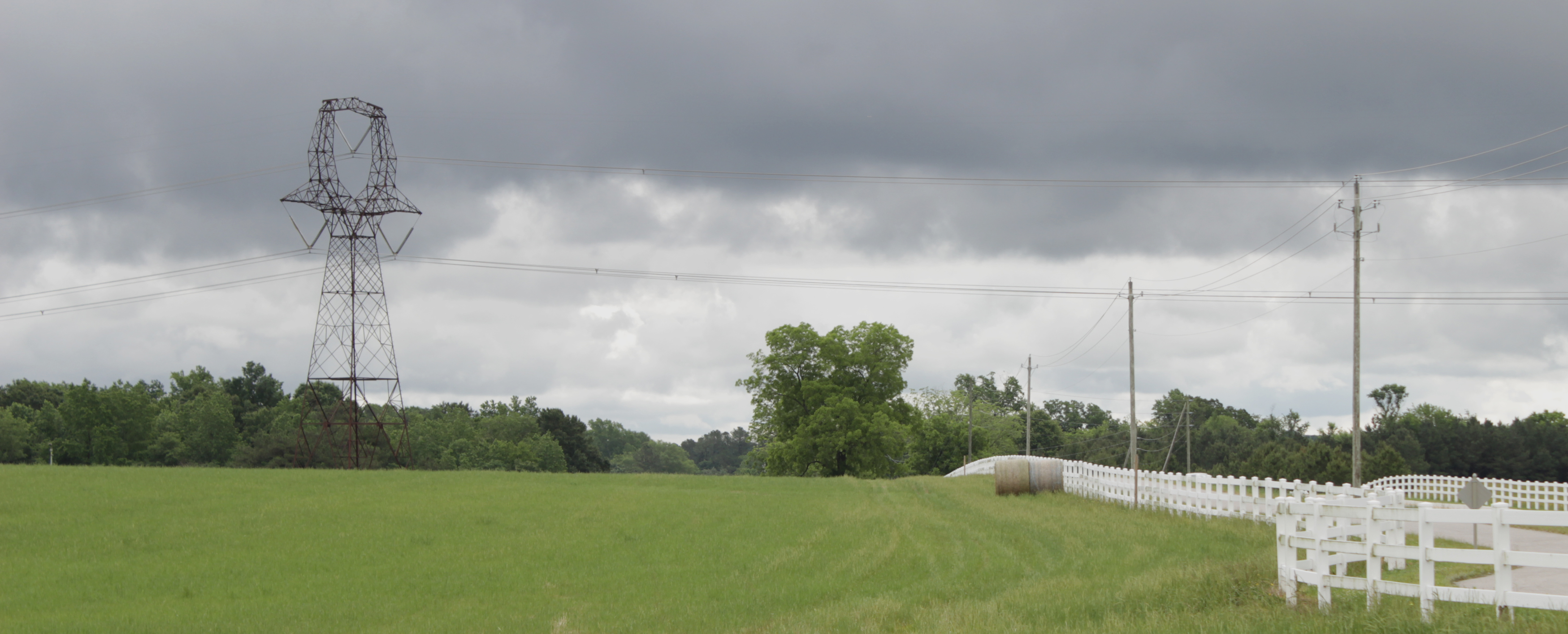NC Sustainable Energy Association (NCSEA) created The Energy Solutions Reserve Fund (ESRF) to support utility investment in energy efficiency or renewable energy programs. By partnering with NCSEA, utilities have access to our ESRF when needed, reducing their overall financial risk. ESRF supports utilities by providing partial risk coverage in the scenario of unanticipated customer defaults resulting from their participation in energy programs.
The ESRF is different from other reserve funds because it eliminates design barriers and restrictions that commonly exist with other reserve funds. The fund supports a variety of distributed energy technologies, serves multiple sectors and is available to utilities across the nation. The ESRF will have a large impact on rural energy burden by helping utilities identify inefficient homes and supporting energy services for thousands of residents who need them the most.
In March of 2018, NCSEA signed up the first ESRF subscriber, Arkansas’ Ouachita Electric Cooperative. NCSEA also signed Roanoke Electric Cooperative in September 2018, Appalachian Electric Cooperative in June 2019, and is currently adding additional utility subscribers. Through this fund, NCSEA is committed to supporting more than $20 million in utility energy projects.
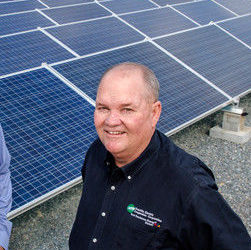
WHAT OUR PARTNERS ARE SAYING...
“NCSEA’s reserve fund allows Ouachita Electric Cooperative to continue offering some of the most cost-effective energy efficiency measures available to our membership. We are excited to expand our program offerings this year to include smart thermostats, community solar, and hopefully residential solar and storage.”
- Mark Cayce, General Manager of Ouachita EC, on ESRF
Read more about ESRF and Mark Cayce from the Arkansas Business Journal here.
Typical Energy Solutions Reserve Fund & Tariffed On-Bill Financing Structure
Participating utilities use funds from the ESRF in the scenario of more customer defaults than anticipated. This support reduces utility risk in offering customer services.

Customers use less energy after projects are installed, resulting in reduced peak load.

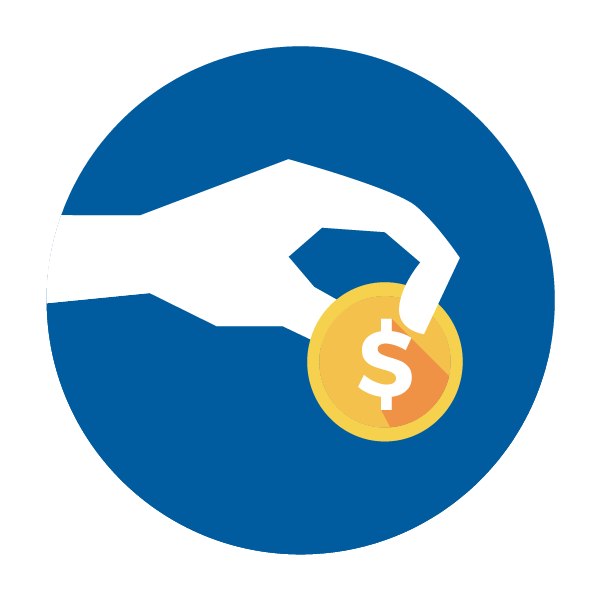


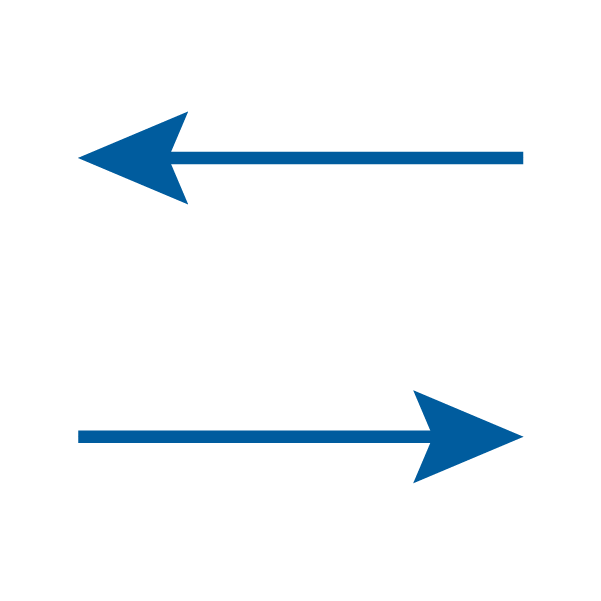
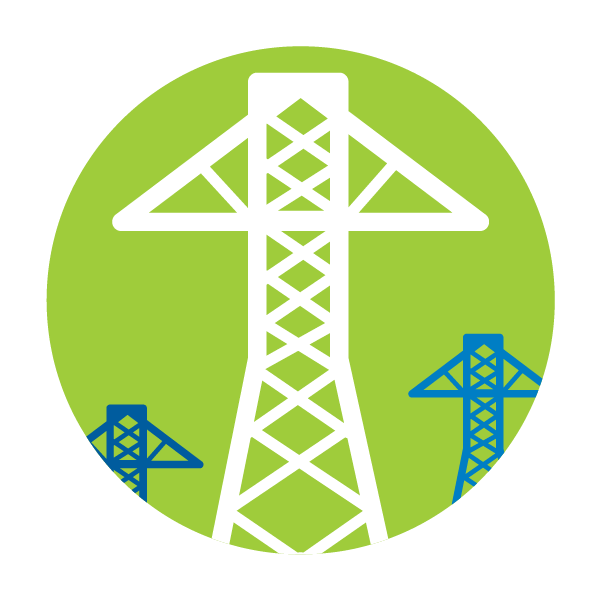

Utilities use internal revenue or third-party capital to hire contractors and finance projects.

Donors give to the NCSEA ESRF.
The utility can pay fees, share data, and/or make other exchanges as part of the agreement.

Contractors work with customers to decide on a cost-effective installation in a home or business. Contractors then install projects that result in lower and cleaner energy use.
How are the projects paid for?
Utilities can use a separate financial model to launch customer projects. A model NCSEA supports is tariffed on-bill (TOB) financing, which involves the utility recouping project costs through a monthly charge on the customer’s bill that is lower than the energy savings.
How ESRF is a part of NCSEA's mission and values:
Many clean energy options are not easily accessible for utility customers, especially underserved populations who could benefit greatly from these programs. Low-to-middle income (LMI) families tend to face higher levels of energy burden, or the percentage of household income spent on energy bills. High energy burden limits the amount of income households can allocate towards other necessities such as food, medical supplies and transportation. Families with high energy burden often face greater health risks and these households are often in economically-distressed and polluted areas that could be ameliorated by renewable energy opportunities.
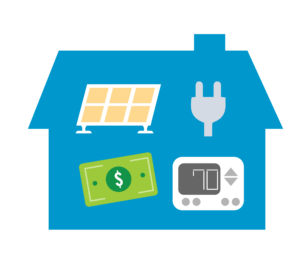
WANT TO WORK WITH US?
Please contact NCSEA's Director of Data and Research Daniel Pate to find out more!
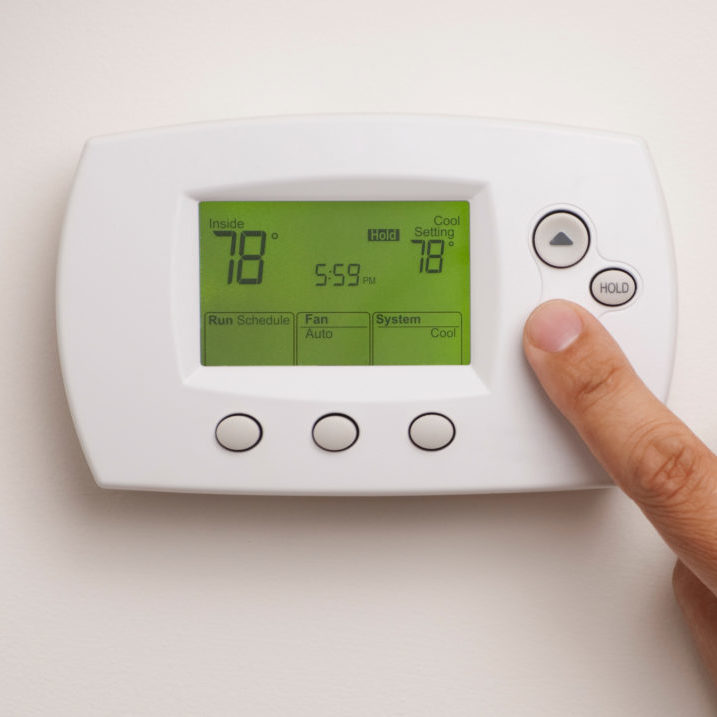
RESOURCES
On-Bill Financing and Reserve Funds
- SEEA: On-Bill Financing
- ACEEE: On-Bill Financing
- Holmes Hummel (from Clean Energy Works) on Inclusive Clean Energy Financing
- Holmes Hummel (from Clean Energy Works) on the Pay As You Save (PAYS) System


